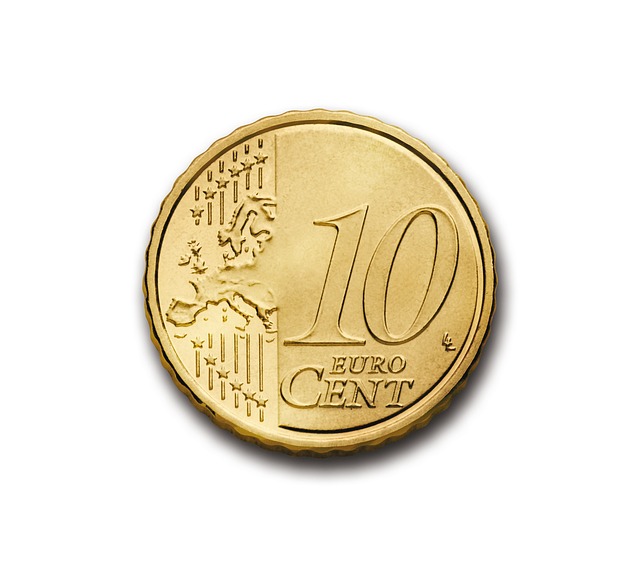This article delves into the world of stablecoins and explores how Tether is revolutionizing this space. Stablecoins have gained significant attention in recent years due to their potential to provide a more traditional store of value and reduce volatility associated with other cryptocurrencies. In this article, we will examine the role of Tether in stabilizing the crypto market and its impact on the overall ecosystem.
Tether, also known as USDT, is one of the largest stablecoins available in the market. It is pegged to the value of the US dollar, meaning that each unit of Tether represents one US dollar. This stability has made it an attractive option for investors and traders looking to reduce their exposure to price volatility.
Tether’s impact on stablecoins cannot be overstated. By providing a reliable store of value, Tether has helped to increase confidence in the crypto market, attracting more investors and traders to the space. Additionally, Tether’s stability has allowed for greater liquidity, making it easier for traders to buy and sell stablecoins.
Another key area where Tether is having an impact is in the adoption of stablecoins as a means of payment. Many businesses are now accepting stablecoins as a form of payment, due in part to their stability and low transaction fees. This has opened up new opportunities for merchants and consumers alike, allowing them to use cryptocurrencies without worrying about price volatility.
Tether is also playing a key role in the development of decentralized finance (DeFi) protocols. DeFi protocols rely on stablecoins as a means of providing liquidity and enabling various financial transactions. By providing a reliable store of value, Tether has enabled these protocols to function more efficiently, leading to greater adoption and innovation.
In addition to its impact on the stability of cryptocurrencies, Tether is also having an impact on the regulatory environment. As stablecoins become more widely accepted as a means of payment, governments and regulatory bodies are beginning to take notice. Tether’s efforts to comply with regulations and operate in a transparent manner have helped to establish a framework for the use of stablecoins.
Finally, Tether is also exploring new uses for its stablecoin. In recent years, there has been a growing interest in the potential use of stablecoins as a means of hedging against market volatility. Tether’s USDT has already begun to be used as a hedge by some investors, and it is likely that this trend will continue.
In conclusion, Tether is revolutionizing the stablecoin space with its stability and reliability. As the demand for stablecoins continues to grow, it is clear that Tether will play an increasingly important role in shaping the future of cryptocurrencies.
To capitalize on the potential of Tether and other stablecoins, investors should consider the following steps:
1. Educate yourself on the benefits of stablecoins and how they can be used to reduce exposure to price volatility.
2. Consider investing in a mix of cryptocurrencies and stablecoins to diversify your portfolio.
3. Keep an eye on regulatory developments and ensure that any investments you make are compliant with relevant laws and regulations.
4. Explore the potential use of stablecoins as a means of hedging against market volatility.
5. Stay up-to-date with the latest news and developments in the crypto market, including updates from Tether and other stablecoin issuers.
By following these steps, investors can make the most of the potential offered by Tether and other stablecoins, while also minimizing their exposure to risk.
Tags: Stablecoin Revolution Tether USDT Crypto Market



